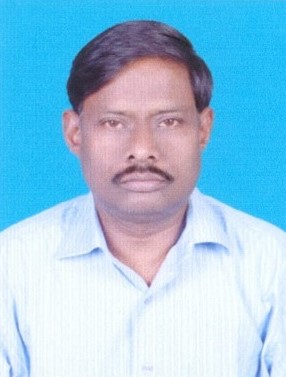


Our group works on the chalcogenide and metal oxide materials for topological insulator, photovoltaic, thermoelectric and photo detector applications. The discovery of topological insulators (TIs) is one of the recent breakthroughs in condensed matter physics. TIs have since been at the forefront of materials research due to their unique electronic properties and potential for a wide range of applications. The most promising applications of topological insulators are spintronic devices and dissipationless transistors for quantum computers. Within the broad and deep field of topological materials, there are an ever-increasing number of materials that harbor topological phases. While condensed matter physics continues to probe the exotic physical properties resulting from the existence of topological phases in new materials, there exists a suite of “well-known” topological materials in which the physical properties are well-characterized, such as Bi2Se3 and Bi2Te3. In this context, it is then appropriate to ask if the unique properties of well-explored topological materials may have a role to play in applications that form the basis of a new paradigm in information processing devices and architectures.
In the field of Chalcogenide materials for photovoltaic applications based on derivates of SnS, SnSe,Cu2ZnSn(S,Se)4 and their related alloys. It aims to provide a platform for presenting recent and on-going researches for further efficiency improvements and cost reduction of these systems.Chalcogenides are highly interesting for their use as light absorber layers in solar cells due to their uniquely high absorbance, bandgap tenability and defect chemistry. Stability and reliability, monolithic deposition, aesththetical appearance, applicability onto flexible substrates and in roll-to-roll production, superior temperature coefficient.
Thermoelectric modules are solid-state devices composed of pairs of n- and p-type thermoelectric materials, which enable the conversion of heat into electrical power. This property could therefore be exploited for energy recovery from waste heat. The physical basis of thermoelectric power generation is the Seebeck effect: when a material is subjected to a temperature gradient, an electrical potential is generated. Hence, when n- and p-type thermoelectric materials are paired in a couple and a temperature gradient is applied, electrons and holes conduct heat from the hot to the cold junction, and an electrical current is generated.
A photo-detector is a key principle device that rely in detecting the process by which light is converted into electrical signals by absorbing the photons. The general action of a photodetector comprises fundamentally three process, carrier generation, carrier transport and extraction of carriers as terminal output signal current. The fundamental principle of the photo-detector has 3 different stages as Light harvest, photo carrier (e-h) separation and charge transport. It is thus more advantages in the Image defining areas, display technology, networking devices, optoelectronic sensors, and fundamental science applications.